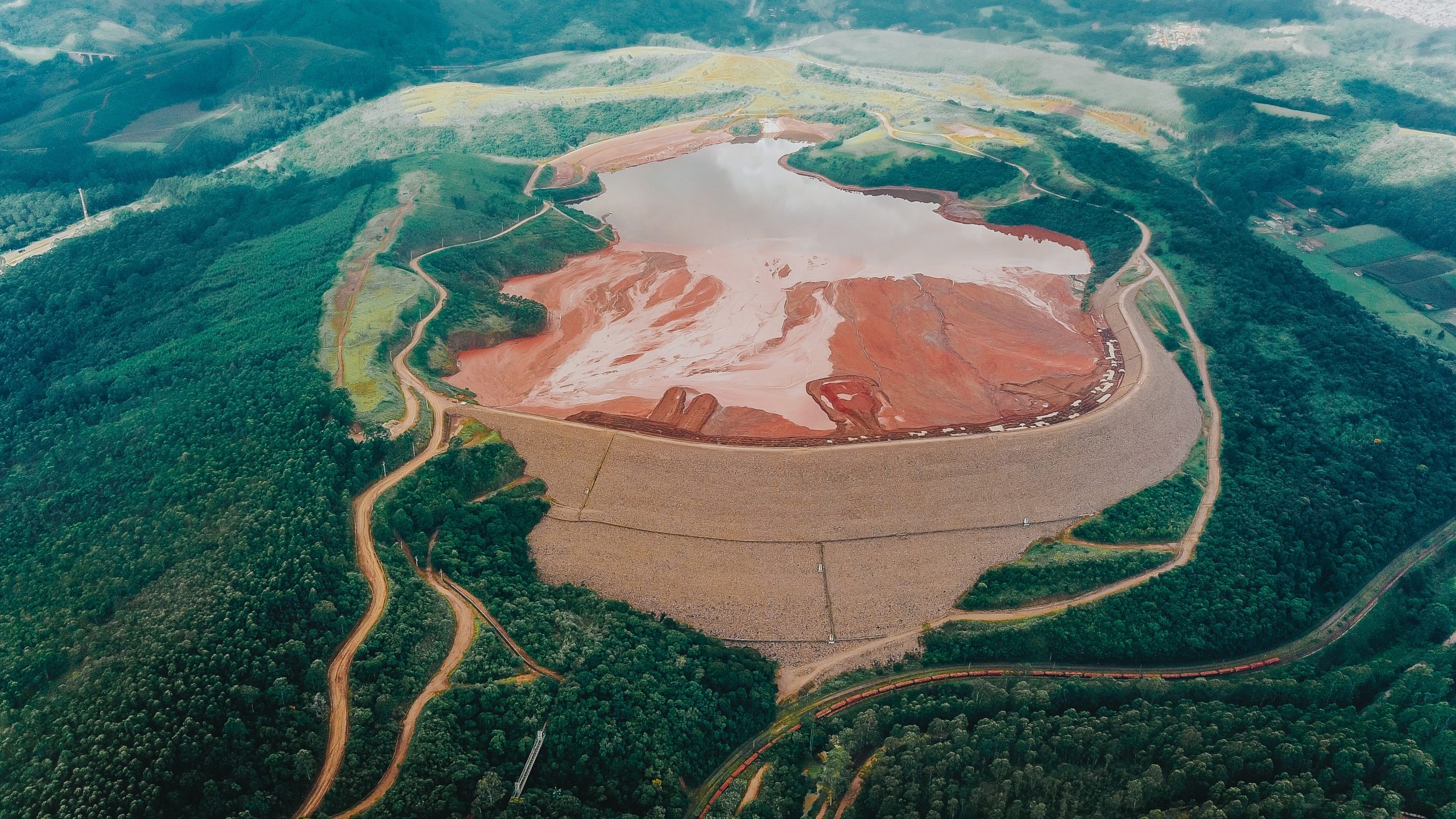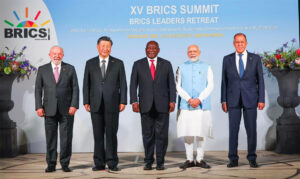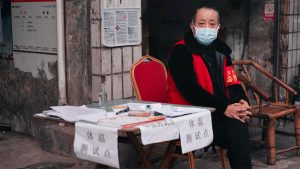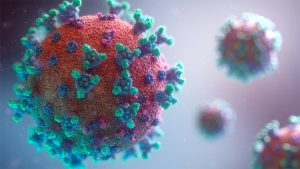You can also read the State of the Pandemic series’ take on the United States, Latin America, the Persian Gulf, East Asia, and Europe.
Just a decade ago, the financial world was abuzz discussing the future of the BRICS – Brazil, Russia, India, China, and South Africa. This group of largeish developing countries had little to do with one another, and their inclusion with one another made little sense (like optimism for their respective country’s economic development). Their only commonality? These countries have some of the worst global COVID-19 outbreaks, with little reason to believe that they can be contained.
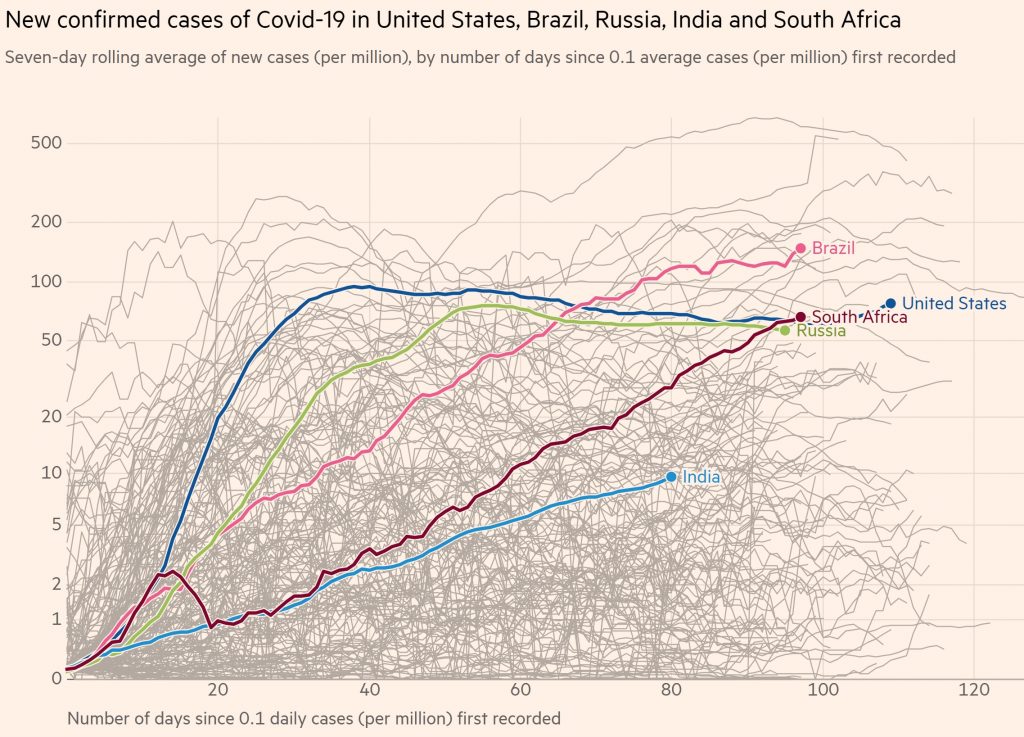
(Once again, big thanks to the FT for making data pulls like this possible. You can make your own comparisons here.)
Let’s begin with Brazil, whose coronavirus epidemic is downright bizarre.
Every country’s physical and economic geography is different. In the case of Brazil, a sharp escarpment parallels the southeastern coast where most Brazilians live. From a viral communicability point of view, it’s the worst and best of all worlds.
The worst: Brazil’s coastal cities are positioned on tiny plots of land, with population densities that exceed even the ant-like living spaces of Japan’s megaplexes. And that’s before one considers the extremely-tightly-packed favelas (slums) that sprawl up city hillsides. Social distancing? HA!
The best: because those plots are small, and because Brazilian coastal cities have pathetically thin infrastructure connecting them, locking down various cities suffering from outbreaks – particularly those at the bottom of the Escarpment – would provide a substantial viral firebreak at a minimal cost. All it would take to limit COVID’s spread from city to city is a modicum of responsiveness from the central government.
That…has not happened.
Brazilian President Jair Bolsonaro initially denied COVID’s existence, then derided it as a “little flu,” then condemned his political opponents for fabricating its existence to discredit him, and now has taken to leading dozens of mass press-the-flesh protests against governors and mayors who would dare COVID-response policies.
The data in the graphic undoubtedly understates the depth of Brazil’s pandemic by a massive margin. Initially, this was because Brazil’s near-confederal governing structure hands a great deal of policy authority to the provincial level. This complicates the gathering, collation, and cross-comparisons needed to generate accurate national-level pictures. But as of the first week of June, Bolsonaro has banned the gathering and publishing of any data that exists. The only government we are aware of that has been more militant in denying COVID is Turkmenistan, where the local dictator primly banned the term “coronavirus” from usage and called it a day.
Consequently, we don’t even have a guess as to how bad things really are. Even if/when a vaccine becomes available, we have very low expectations that the Bolsonaro government will allow distribution. Bolsonaro’s position flat out ends economic growth opportunities for the country until the central government’s policy shifts. Assuming Bolsonaro doesn’t change his mind and is not impeached, he will remain large and in charge until, at least, the national elections in October 2022.
Brazil’s COVID policies are soooo bad that they’ve done something we have long thought impossible: they have made Russia’s health policies look good.
It is…difficult…to know where to start.
During the post-Soviet Russian collapse in the 1990s, the Russian health system was arguably the sector that degraded the most. Soviet-era central planning treated most maladies with industrial-strength antibiotics. When the health system collapsed, doctors left the country en masse, and state medical guidance evaporated – but the antibiotics remained commercially available (no prescription needed). Russians took antibiotics for pretty much every malady, regardless if they were the correct drug or not, and then stopped taking the drugs as soon as they felt better. The result? Russia became a breeding ground for countless drug-resistant pathogens.
Security collapses played a near-matching role in the misery. Following the Soviet withdrawal from Afghanistan, the Afghan warlords turned to growing opium to earn cash. Opium – and heroin – smuggling routes spiderwebbed out from the war-torn country, sowing addiction and crime as they went. One passed through Iran, another through Pakistan, but most ultimately transited Russian territory. Consequence? Russian health professionals and demographers speak of an entire generation lost to heroin abuse. Factor in cultural norms that demand smoking like chimneys, drinking like fish, a national diet that seems entirely made of saturated fats, and the national health picture is downright zombie-esque.
With the restoration of central rule in the 2000s under then-and-still-President Vladimir Putin, harsh authoritarianism – complete with violent censorship – entered the mix. Are satirical TV programs using puppets insufficiently slavish to government policy? Force the program off the air and round up the scriptwriters. Are HIV statistics causing national embarrassment? Stop testing for HIV altogether. Are doctors complaining about insufficient supplies to battle COVID? A few doctors “commit suicide” by jumping out of hospital windows.
Officially, Russian COVID caseloads have plateaued, but keep a couple of things in mind.
First, Russia only has even a basic health care system in Moscow and St. Petersburg. Testing within Russia’s two largest cities is thin. Beyond them, it is nearly nonexistent. It isn’t that the Russian government knows what is happening but is lying this time around, but instead that the Russian government has chosen not to find out what is actually happening.
Second, Russia is extremely sparsely populated. Most Russian cities are further apart than even American cities west of the Appalachians. Russia has no national road network; the first paved road linking European Russia to the Pacific Coast was only completed in the 2000s. What Russia does have is a pretty great rail network connecting every population center, excluding the cities clinging to Siberia’s Arctic coast. This would suggest the Russian government would have a very easy time isolating local outbreaks. Stop rail traffic in and out of affected cities and BAM! Viral firebreak.
How many Russian rail interruptions have we seen since COVID started? Zero.
The situation in India isn’t much better.
Prime Minister Narendra Modi’s government initially denied the virus existed in India, and then obliquely supported radical Hindus who claimed drinking cow urine would grant immunity. Government responses were slow and misaligned. Even now, COVID testing in India is criminally rare. The data above represent the results of a testing system, which is the world’s lowest in per capita terms. We can’t even attempt a projection using deaths data since roughly one-quarter of all deaths in India aren’t even recorded. If we had to guess, we’d surmise that India’s actual infection rate is roughly ten times the official figures, but that’s little more than a blind stab. What government action that has occurred broadly falls into the category of “too little, too late.”
One exception: the central government executed a clever scheme of stamping new arrivals in prominent locations with indelible ink, encouraging voluntary two-week self-quarantine. Low cost. High impact. Creative. We like it.
Anywho, India’s “normal” operations generate massive health challenges – challenges COVID has undoubtedly taken full advantage of: densely populated cities with crowded food markets, cities closely proximate to one another, extensive city slums, and massive population movements between the cities and the countryside.
And that’s “just” the demographic and economic geography. Raw economics doesn’t help either. India’s per capita GDP is less than one-fifth of Russia, and Russia’s is less than one-fifth of the United States’. It requires rather haughty expectations to assert India should be able to manage COVID as “well” as the United States.
Please don’t read our criticism of India as a condemnation similar to what Brazil and Russia both deserve. It is not. It is more…fatalism. Brazil and Russia boasted geographic factors arguing for significant viral containment, but both countries chose not to act. In contrast, the deck was always stacked against India, both economically and geographically. Once the virus was seeded within the population, a virus as contagious as COVID was always going to put down roots nationwide, regardless of what the government did. In our view, the Indian government’s relative inaction is less a catastrophe, and more a recognition as to how few tools the government had to face such a massive challenge.
In contrast to Brazil, Russia, and India, the government of South Africa has not been asleep at the wheel. But that hardly frees the country from an intense epidemic.
The South Africans have been ground zero for the HIV/AIDS pandemic for approximately thirty years. While there are many things the South African government did wrong in dealing with that virus, one of the things it got right (belatedly) was an advanced public treatment system that included aggressive contact tracing. The South African government applied that skill set to coronavirus. Unfortunately, contact tracing for a high-communicability respiratory virus is a whole different ballgame compared to listing out ones past sexual partners.
Doubly so once one considers the living conditions of South Africa’s Black population. Most Blacks live in ghettoized conditions known as “townships,” and most of the townships have communal toilets and water sources. Somewhat unsurprisingly, the South Africans have yet to devise a functional plan for limiting COVID spread when sheltering at home doesn’t allow for social distancing.
Our biggest concern for South Africa is that here, COVID is likely to have one of the highest lethality rates in the world. One of the darkest chapters of the AIDS pandemic is that the Human Immunodeficiency Virus does precisely what it says. It triggers deficiencies in the immune system, which make sufferers far more vulnerable to other pathogens. One of the darkest chapters of the tuberculosis crisis is the TB bacillus often remains dormant until another infection is in play. HIV and TB often play off one another, making co-infections far more deadly than either would have been alone. The South Africans have become bitter experts on the topic. One-fifth of South African adults carry the HIV virus. About four-fifths carry TB bacillus. Now COVID has arrived.
The only bright spot in the South African epidemic is that unlike the Brazilian, Russian, or Indian governments, the South African authorities are at least attempting to maintain an accurate internal picture of the virus’ march. Testing is as robust as can be hoped for, considering the country’s myriad health challenges. Out of these four countries, we only find South Africa’s data reasonably accurate (probably more accurate than the United States’), and it raises the hope that once a treatment or vaccine becomes available, the South Africans will at least know where to start.
I’m sure you’ve noticed that we have not dealt with China in this newsletter. In part, it is because the birthplace of COVID is a special case that doesn’t fit well with any other narrative. (We have a bit on that in our East Asian epidemic update.)
To that end, we plan to deal with China in exhaustive detail in our upcoming videoconference on June 29th.
Our next webinar, scheduled for June 29th, will be on China.
If you enjoy our free newsletters, the team at Zeihan on Geopolitics asks you to consider donating to Feeding America.
The economic lockdowns in the wake of COVID-19 left many without jobs and additional tens of millions of people, including children, without reliable food. Feeding America works with food manufacturers and suppliers to provide meals for those in need and provides direct support to America’s food banks.
Food pantries are facing declining donations from grocery stores with stretched supply chains. At the same time, they are doing what they can to quickly scale their operations to meet demand. But they need donations – they need cash – to do so now.
Feeding America is a great way to help in difficult times.
The team at Zeihan on Geopolitics thanks you and hopes you continue to enjoy our work.

